The 2015 nuclear deal with Iran, which was designed to keep the region safe from the spread of atomic weapons, has officially ended. On Saturday, Tehran announced the termination of the decade-old agreement and said that it was no longer bound by the 2015 agreement, officially known as the Joint Comprehensive Plan of Action (JCPOA).
Under the treaty, signed during former US President Barack Obama’s administration, international sanctions were lifted in exchange for limitations on Tehran’s nuclear programme. From now on, “all of the provisions [of the 2015 deal], including the restrictions on the Iranian nuclear programme and the related mechanisms, are considered terminated”, Iran’s foreign ministry said in a statement.
However, in the statement, Iran maintained that the country “firmly expresses its commitment to diplomacy”. The deal was signed in Vienna by Iran, China, Britain, France, Germany, Russia and the US, with the hope that the agreement would end the years-long diplomatic standoff and mark the beginning of a new era in relations between Iran and the West.
The agreement has been facing challenges for a while
It is pertient to note that while the agreement officially expires on Saturday, it has been in disarray for years. In 2018, during his first term in the White House, US President Donald Trump unilaterally took the United States out of the deal and reinstated sanctions. Trump often criticised Obama’s move to sign the deal and was discouraged from diplomacy by Iran’s arch-enemy, Israel.
After America’s withdrawal, Tehran began ramping up its nuclear programme. European-led talks to resurrect the agreement have failed, and this summer’s bombing raids on Iran by Israel and the US left hopes for a revival at a historic low. After the 12-day war in June, Iran’s parliament eventually passed a bill refusing to cooperate with the International Atomic Energy Agency (IAEA), the UN’s nuclear inspectorate.
After the bill was passed, signatories like Britain, Germany and France triggered the so-called “snapback” process, leading to the reimposition of the UN sanctions. The snapback provision allows for the rapid and automatic reimposition of all UN sanctions that were lifted under the deal if Iran were to significantly violate its nuclear commitments. Those snapback sanctions in effect made a formality of “termination day”, which was set for 18 October, exactly 10 years after the adoption of UN Security Council Resolution 2231.
Impact Shorts
More ShortsLast month, when the snapback sanctions went into effect, the British, French and German foreign ministers released a joint statement, stating that they would continue to seek “a new diplomatic solution to ensure Iran never gets a nuclear weapon”.
Meanwhile, the EU’s top diplomat, Kaja Kallas, said the sanctions “must not be the end of diplomacy” and that “a sustainable solution to the Iranian nuclear issue can only be achieved through negotiations”. On Monday, Trump reiterated that he wanted a peace deal with Iran, while Tehran has repeatedly said it remains open to diplomacy with the US, provided Washington offers guarantees against military action during any potential talks.
With inputs from AFP.


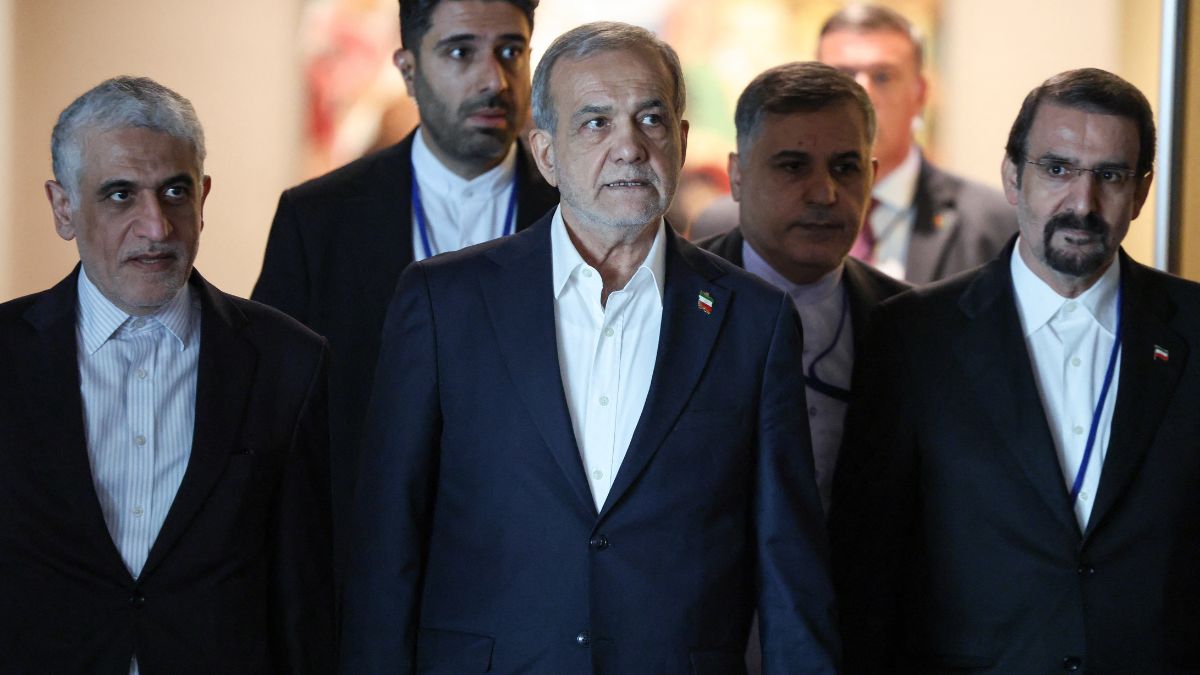)
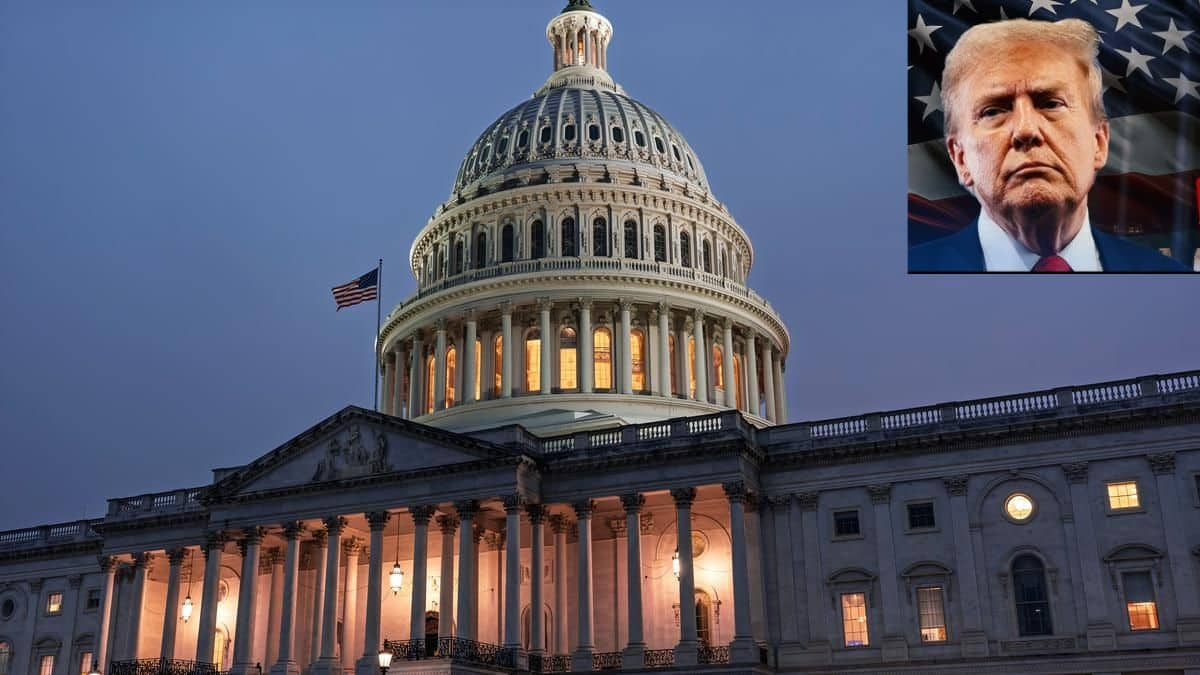
)
)
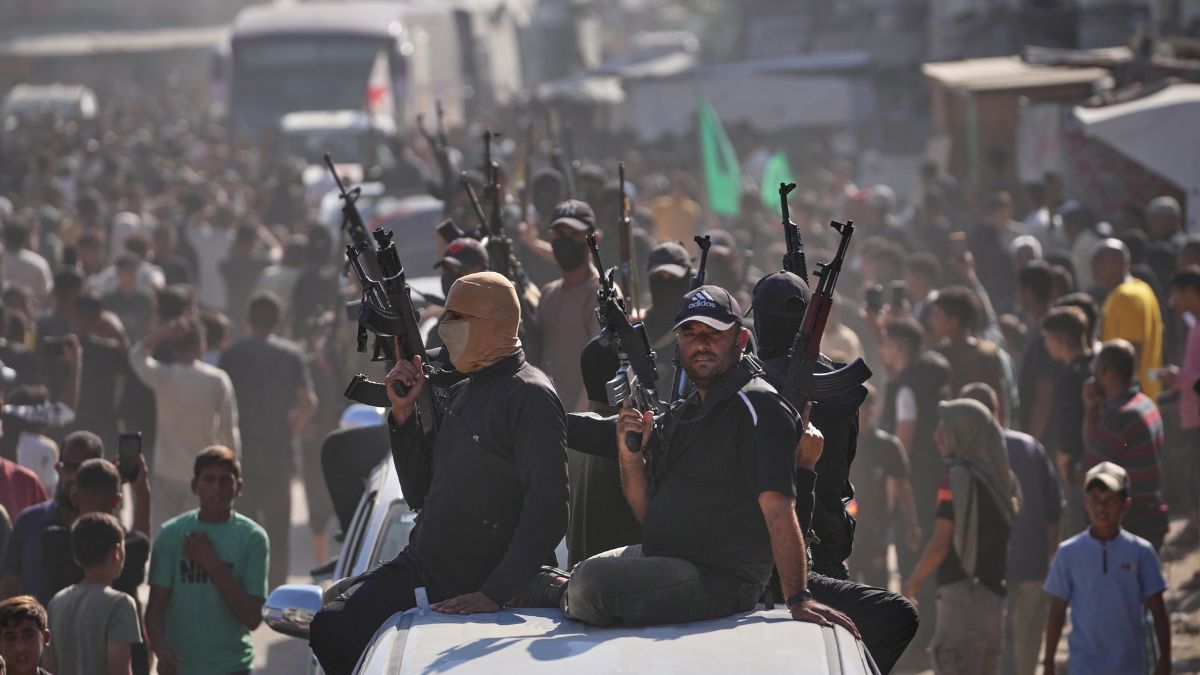)
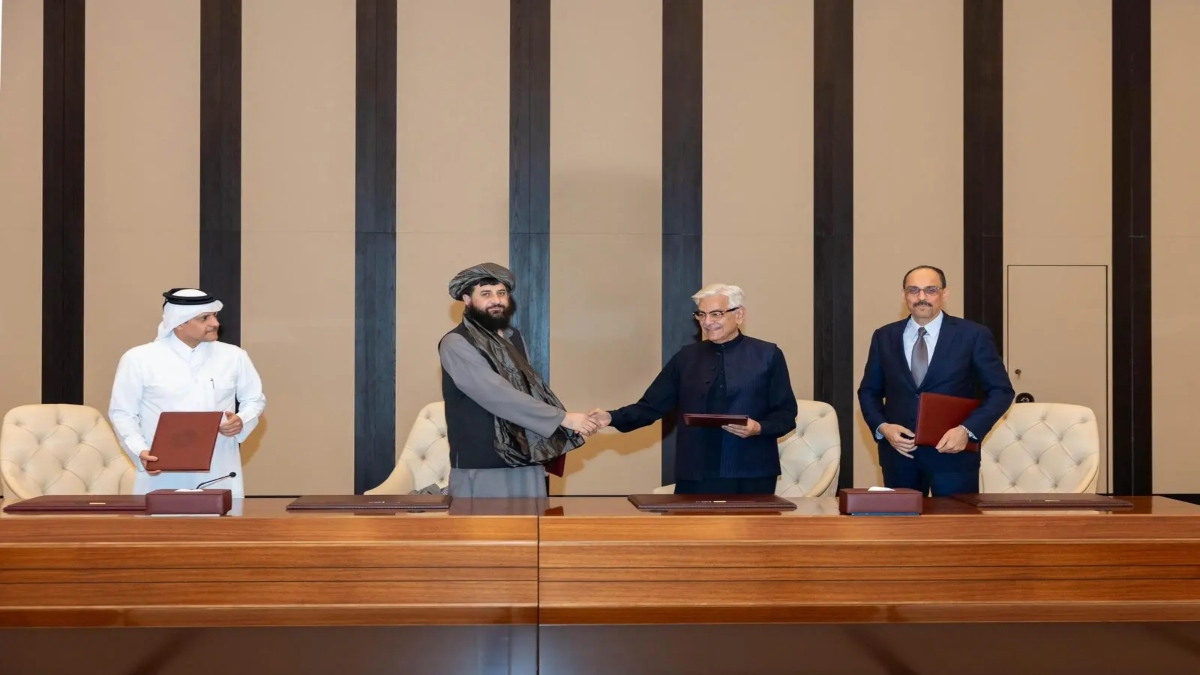)
)
)
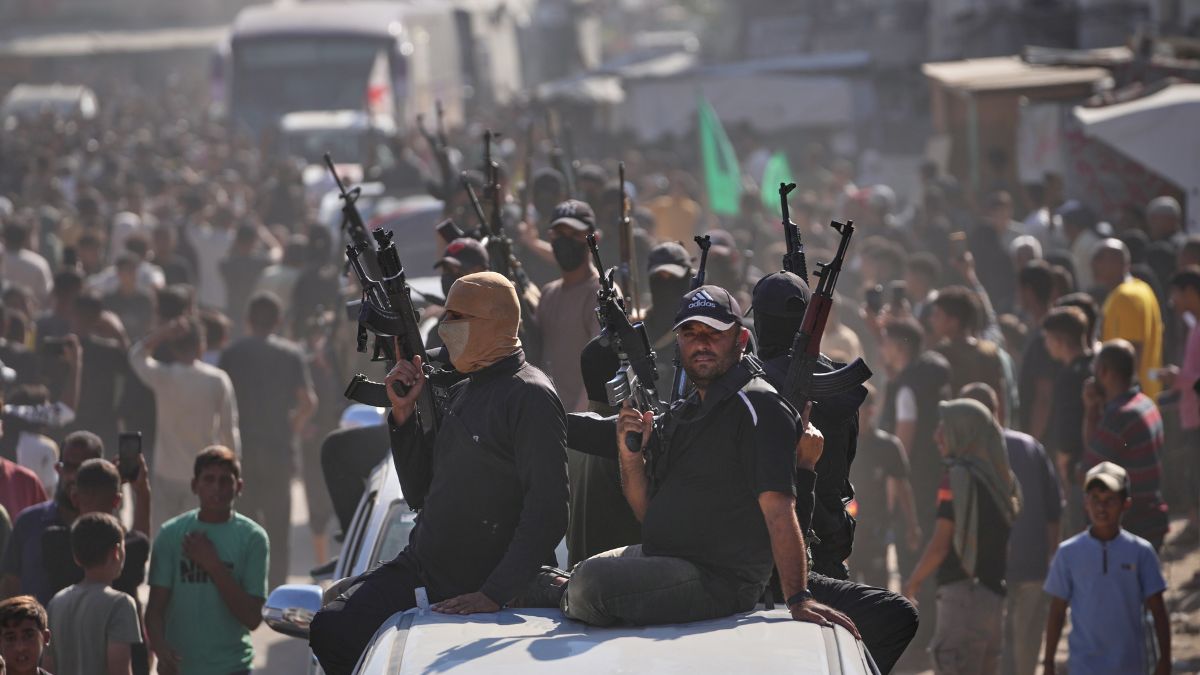)
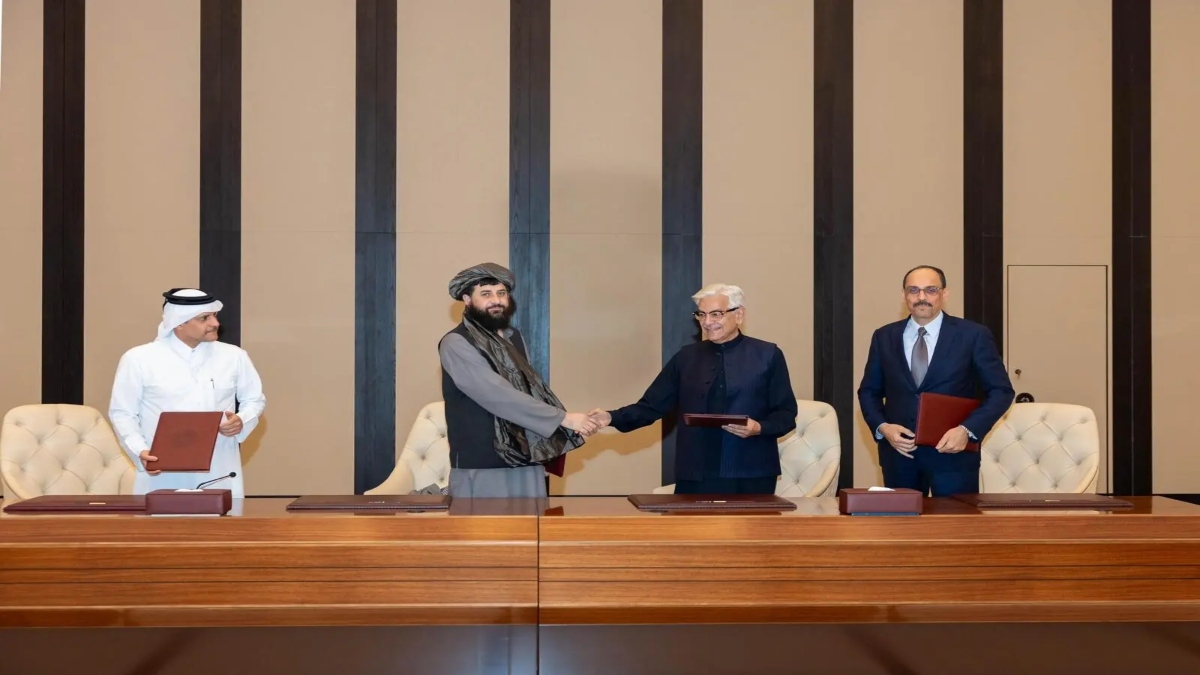)



